VIEW BY CATEGORY:
Hi, we're Hunter and Sarah, a husband-and-wife, luxury wedding photography team. We’re also educators, helping other photographers build profitable and sustainable photography businesses.
MEET US
LOOKING FOR SOMETHING?
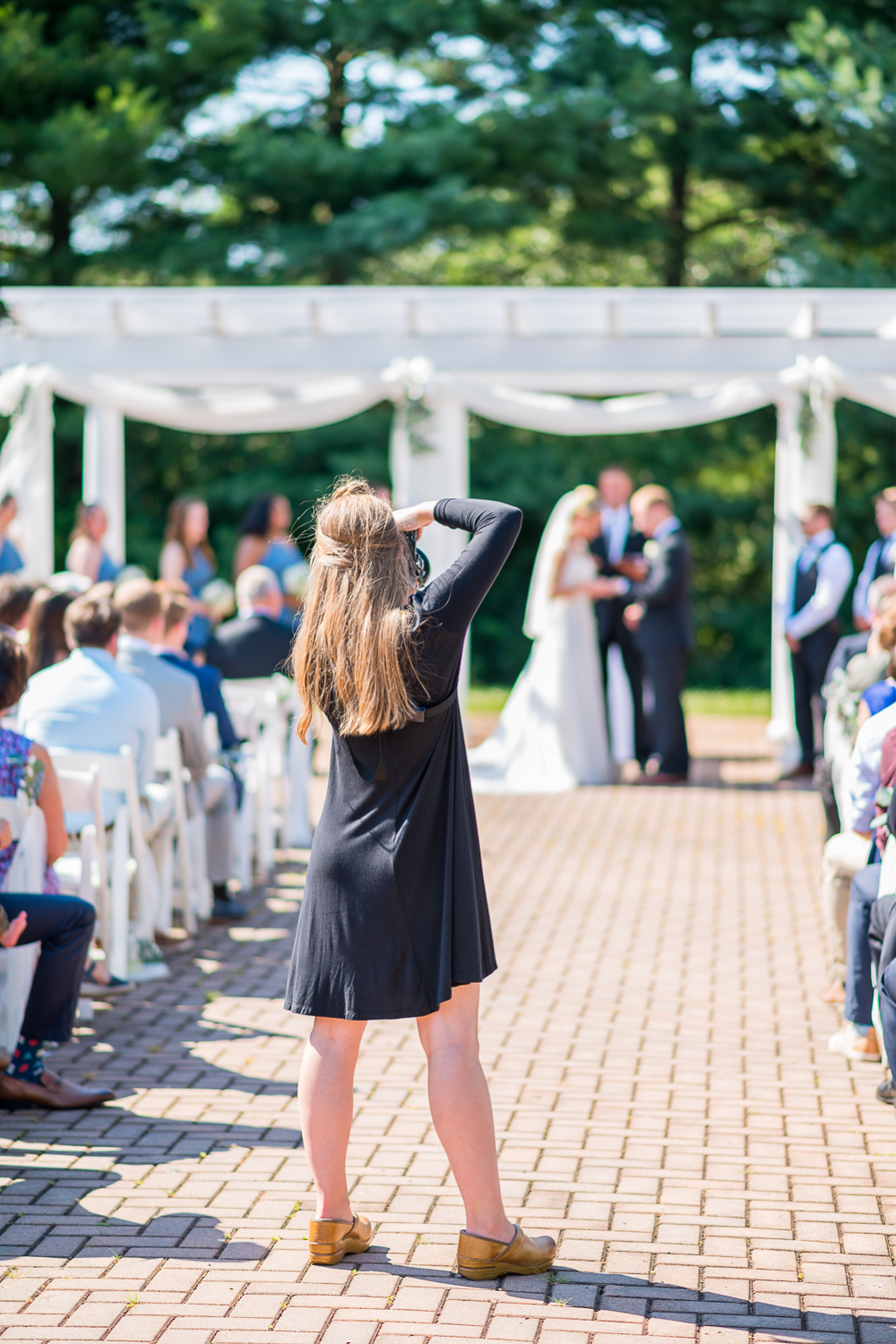
Should You Ask Your Photographer for Raw Files?
September 28, 2019
Happy Saturday friends! Today we’re tackling a question that we’re asked very rarely, but can be a big point of contention for photographers and wedding couples alike. This may be something that you’ve heard a lot about, or it may be something you’ve literally never even thought of! But either way, we want couples out there to be educated (and empowered) to make the right decisions for them on their wedding day.
The question is this: should I ask my wedding photographer for the raw files from our wedding day?
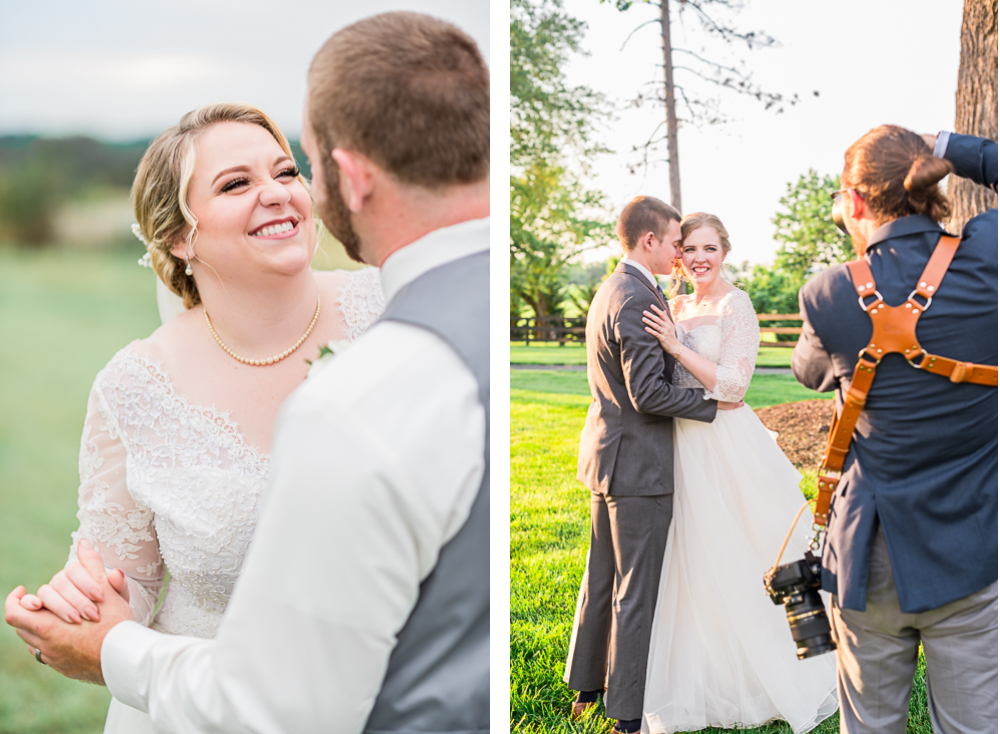
What are raw files?
Let’s start at the very beginning in case this is something you’ve never even heard of, or in case you’ve heard of raw files but don’t have a grasp on what they are. Technically speaking, a raw file is an “unprocessed” image – the data captured by the camera the instant the photographer takes the photo, completely untouched and unaltered. They’re also very large files, taking up 4-5 times as much storage on a memory card or computer as the jpg file we’ll eventually deliver to clients.
We know that technical jargon isn’t always helpful, so when we talk about raw files, there are two really helpful analogies that makes this conversation easier.
The first analogy is to compare a raw file to an old-school film photography “negative”. If you remember the days of film photography (including the disposable cameras from when we were kids), you remember having to bring the film to a camera shop or Target once you took all the photos so that they could develop the film into usable images. You already took the photo on the film negative (the raw file), but until someone develops it into a photo print (a jpg file), it’s useless to you. Raw files are often referred to as “digital negatives” for this exact reason.

Said Another Way…
To the average person (anyone without special raw file processing software and some photography experience), a raw file is about as useful to them as a roll of undeveloped film. In fact, unless you have a licensed copy of Adobe Lightroom or Photoshop, you likely wouldn’t even be able to open it on your computer and see what it looks like.
If this is still a bit complicated, think about it this way: if the final photos that we deliver to our clients are like cakes, a raw file is like a basket full of expertly-selected ingredients. Yes, all the materials necessary to make a great cake are technically in the basket, but you would never buy that basket full of ingredients unless you had the expertise to bake a professional-quality cake, and wanted to spend the time and energy to actually bake the cake.

So why do raw files even exist?
If raw files are so large, complicated, and difficult to even open, what’s the point of them in the first place? Well, believe it or not, it isn’t just some insider trick to make photographers all “exclusive” with our raw files that client’s “just wouldn’t understand”. Raw files are extremely useful to photographers after the wedding day. It’s what makes “editing” photos possible.
To revisit our cake analogy, it lets us show up on the wedding day and use our expertise in composure and lighting and posing to gather the very best ingredients, and expertly put them each in the perfect baskets in combinations we know will be delicious. Then, when we get back to our bakery (our studios and home-offices) we can bake the cake at the perfect temperature for the perfect amount of time without the high-pressure time constraints of a wedding day. We do this by bringing the photos into a processing software like Lightroom, where we can make certain decisions about brightness and color that help us deliver the best final product.
If we went out with our professional cameras and captured photos in a file format like jpg, then tried to edit the photos later, it would be more like rushedly baking the cakes right there on the wedding day, then bringing them home and trying to fix them once they’ve already been baked. Sure, you can touch up the icing here and there, but even the smallest mistakes in baking would be “set in stone”.
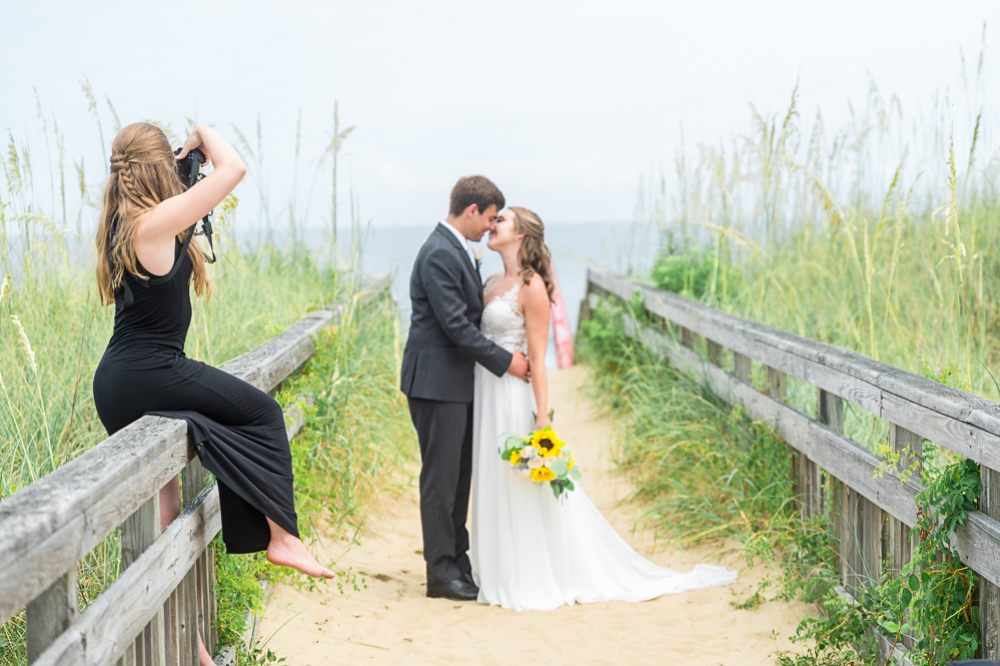
So, DO I need the raw files from my wedding day?
As you can probably guess by our tone so far in this blog, our answer is a resounding “probably not”. In all our years of portrait and wedding photography, we’ve shared raw files with clients on only two occasions. On the first occasion, we were shooting portraits of another professional photographer. She wanted to take the photos and process them in her own style so they would perfectly match her brand and her style. Plus, we were friends, and trusted her with our images.
The second time was when we captured a portrait for a book cover. Our subject had a media team who wanted to process the photo in such a way that it would serve as the front cover of his book. Again, there was a media professional handling the photo for business purposes, so we were happy to send the raw file rather than us editing the photo time and time again until it matched their preferences.
When it comes to our wedding and engagement couples, 99.9% of our clients never even ask about raw files. And for the tiny percentage that do, they typically are thinking of one of the following two questions.
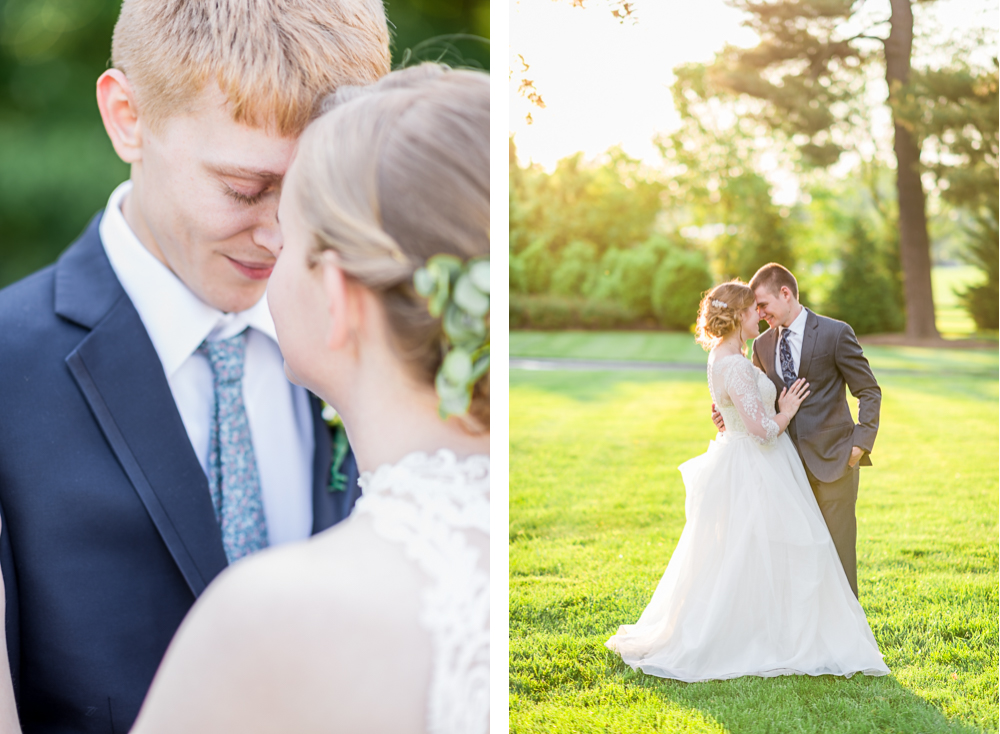
1. The Missing Photo Question
What if something is missing from the final image gallery and I want to look through the raw files to find it?
We totally understand why this might be a concern. On a typical wedding day, Sarah and our apprentice and I might take 5,000 images between the three of us, but we’ll eventually deliver closer to 800 or 1,000 photos. What happened to the other 4,000?!
Well, keep in mind that searching through those images and selecting the very best is literally our job. We were there on your wedding day and know who and what was important to you. We know how the day flowed, and captured each moment as we went. Then, we lovingly selected the very best images that told the story of your day, and kept all the test shots, mis-fires, repeats and blinkers to ourselves.
We know that, for example, when you make your grand entrance into the reception, you two will be walking fast, people will be cheering and clapping, and the lights will be dim. To compensate, we might take a dozen photos of just you two walking in. But, as we look back at the images a few days later, we’ll notice that your cousin Jimmy stepped in front of our cameras for two of them, you were blinking in one, you were out of focus in three, and of the remaining six usable photos, three of them look exactly the same as three others! So you’ll end up with three beautiful photos that show the joy and excitement of the grand entrance, and don’t have to waste your time sifting through the rest!
After all, wouldn’t it be exhausting if you had to look through all 12 of those images when three would have told the story? Now multiply that out to 5,000 images, and you’d never even make it to the end of your wedding gallery! Sometimes less really IS more.
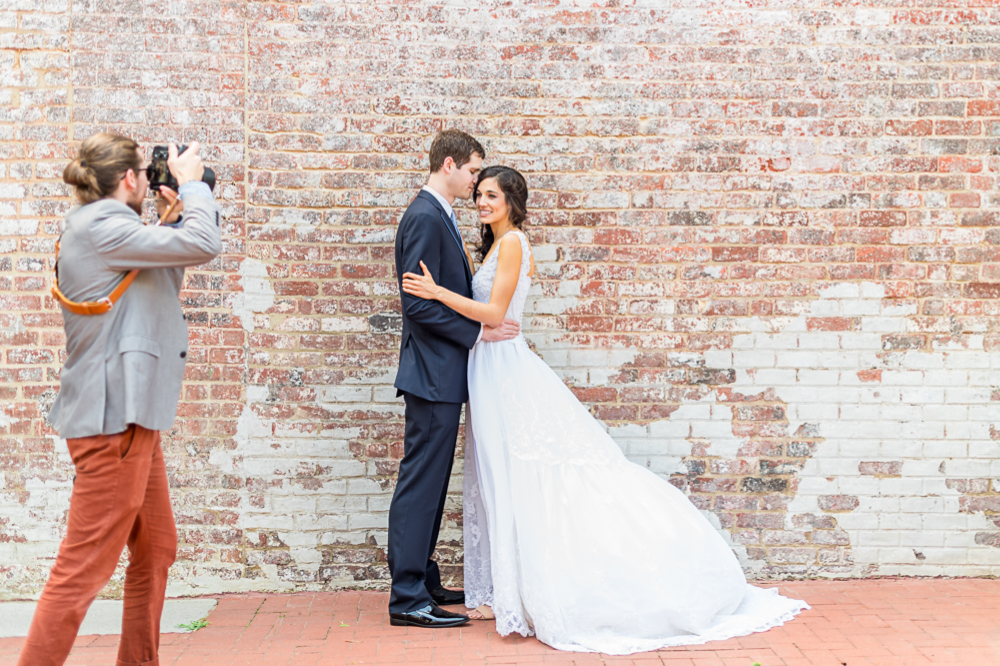
2. The Normal Experience Question
This question goes more like this: “Isn’t it normal or expected to get a copy of each and every raw file?”
If you’ve worked with an amateur photographer in the past, or if you’re thinking back to the old days before digital photography existed, then maybe this was your experience. But if you look around the industry today, you’d be extremely hard-pressed to find a professional photographer who gives away the full collection of raw files with a wedding gallery.
In fact, we don’t know or even know of a single photographer in our area who’s giving them away. Perhaps some photographers out there are doing it, and if so, good for them! But it isn’t a part of our business model. And anyway… what would you do with them if you had them?!
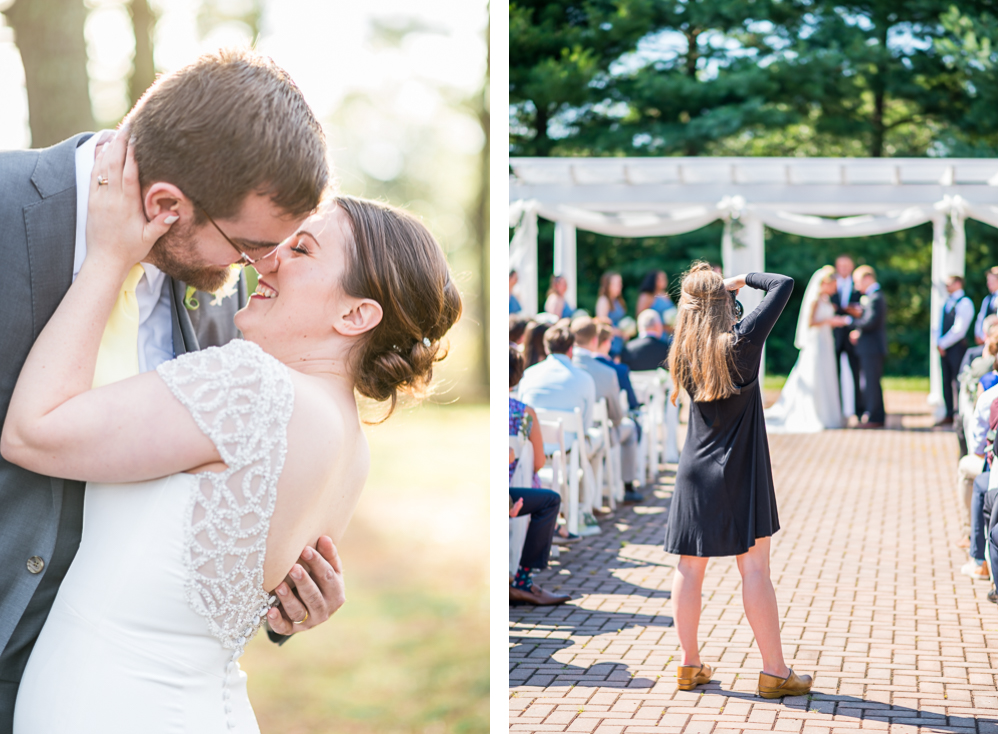
Thanks for reading! We know this may have been a long one, but helping our couples feel confident and comfortable in front of our cameras is our number one goal, and educating and empowering them up front is a huge part of that!
If you’re interested in learning more about a wedding photography experience with Hunter and Sarah photography, click here!
Filed in:
Wedding Photography & Photography Education
Charlottesville, Virginia and Beyond
HOME
ABOUT US
WEDDINGS
JOURNAL
FOR PHOTOGRAPHERS
PRESS & PRAISE
BLOG
CONTACT
e. hunter@hunterandsarahphotography.com
p. (434) 260-0902